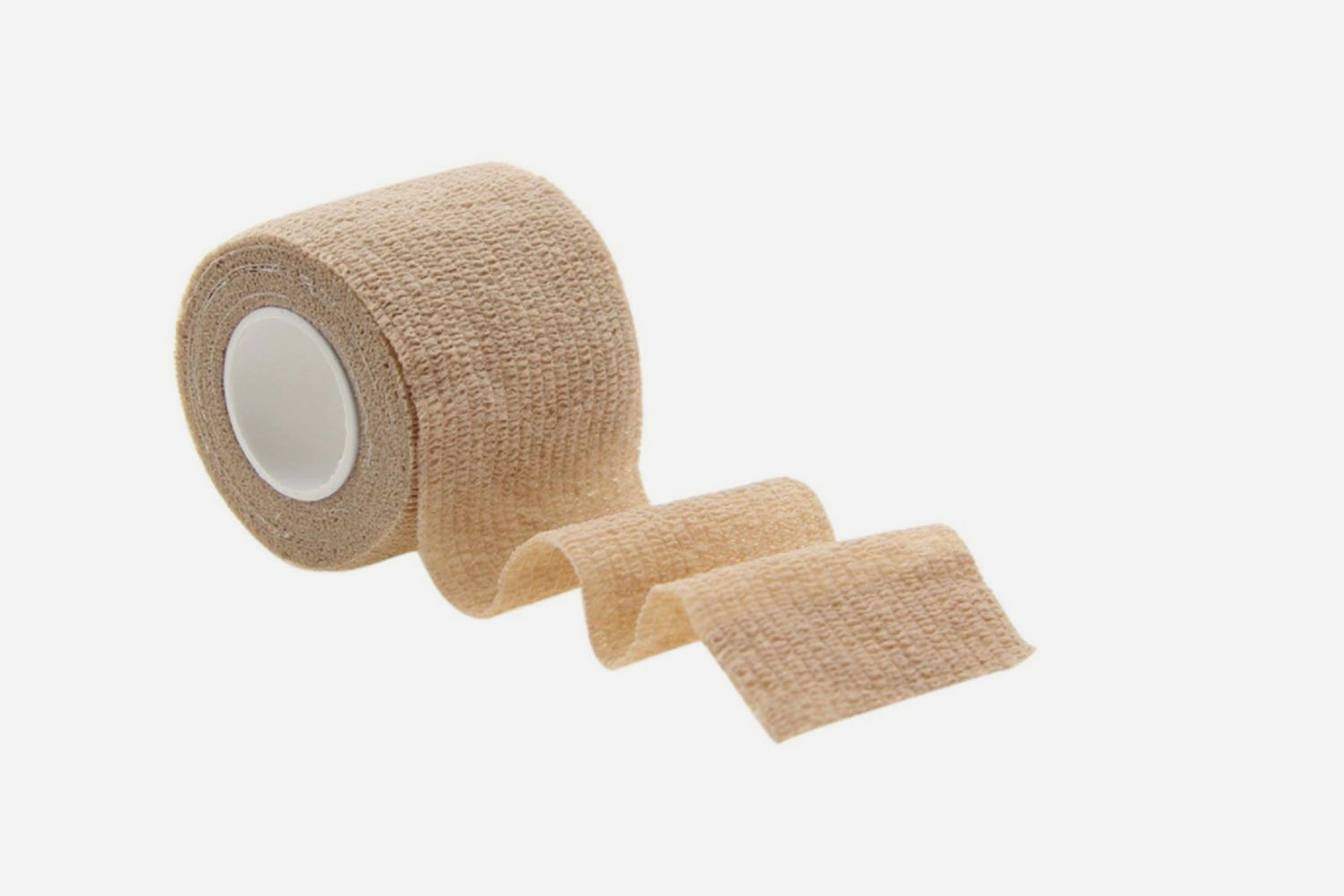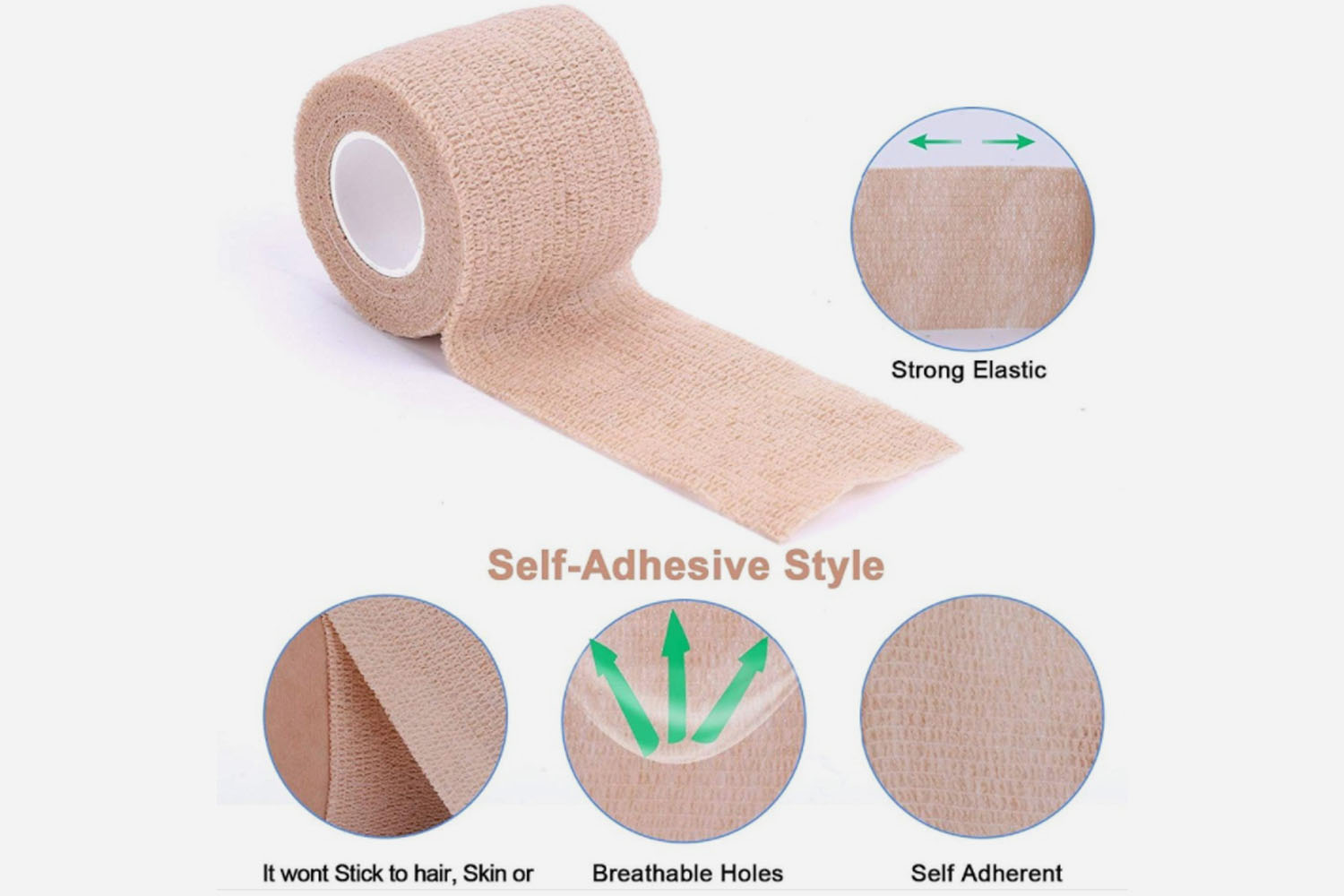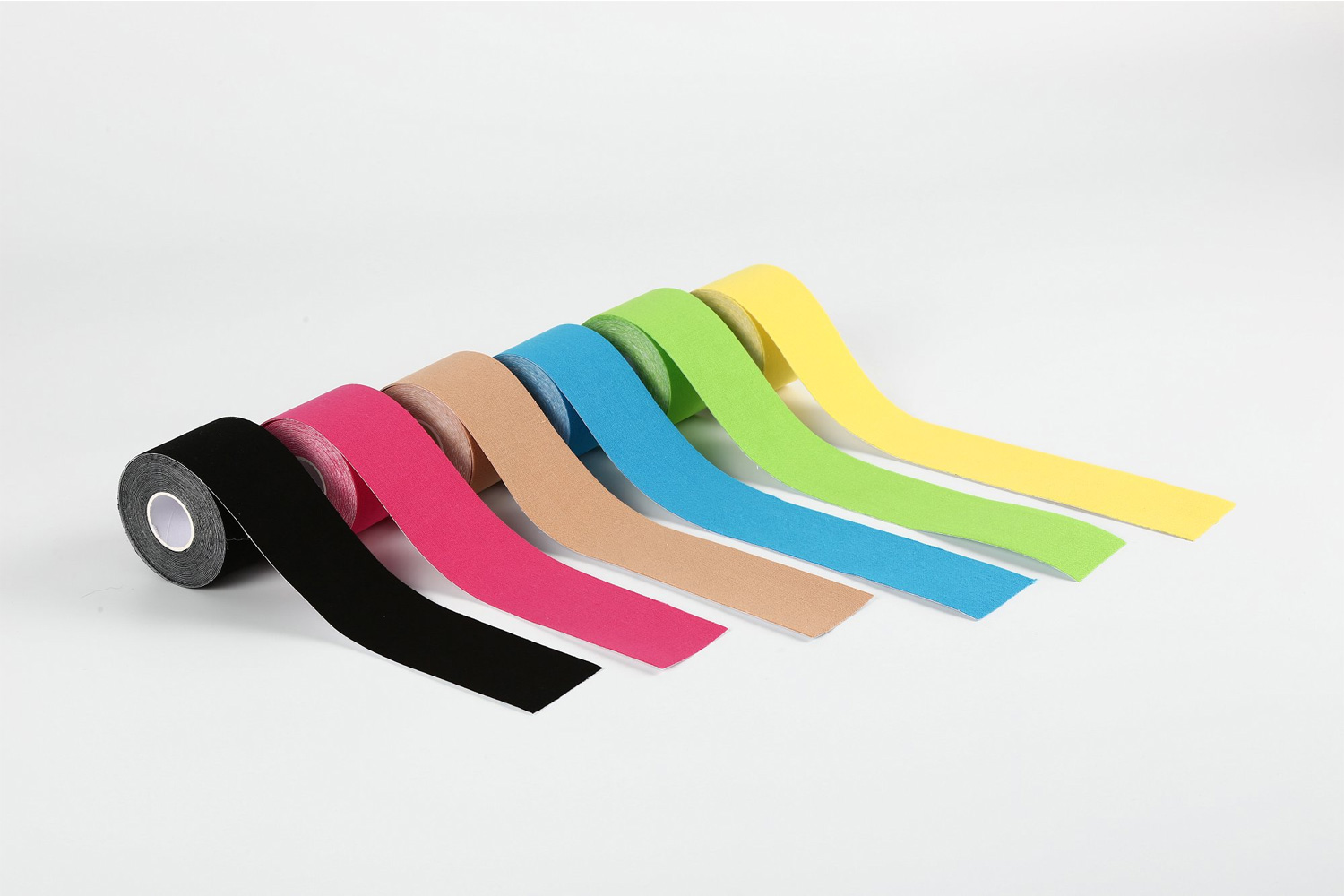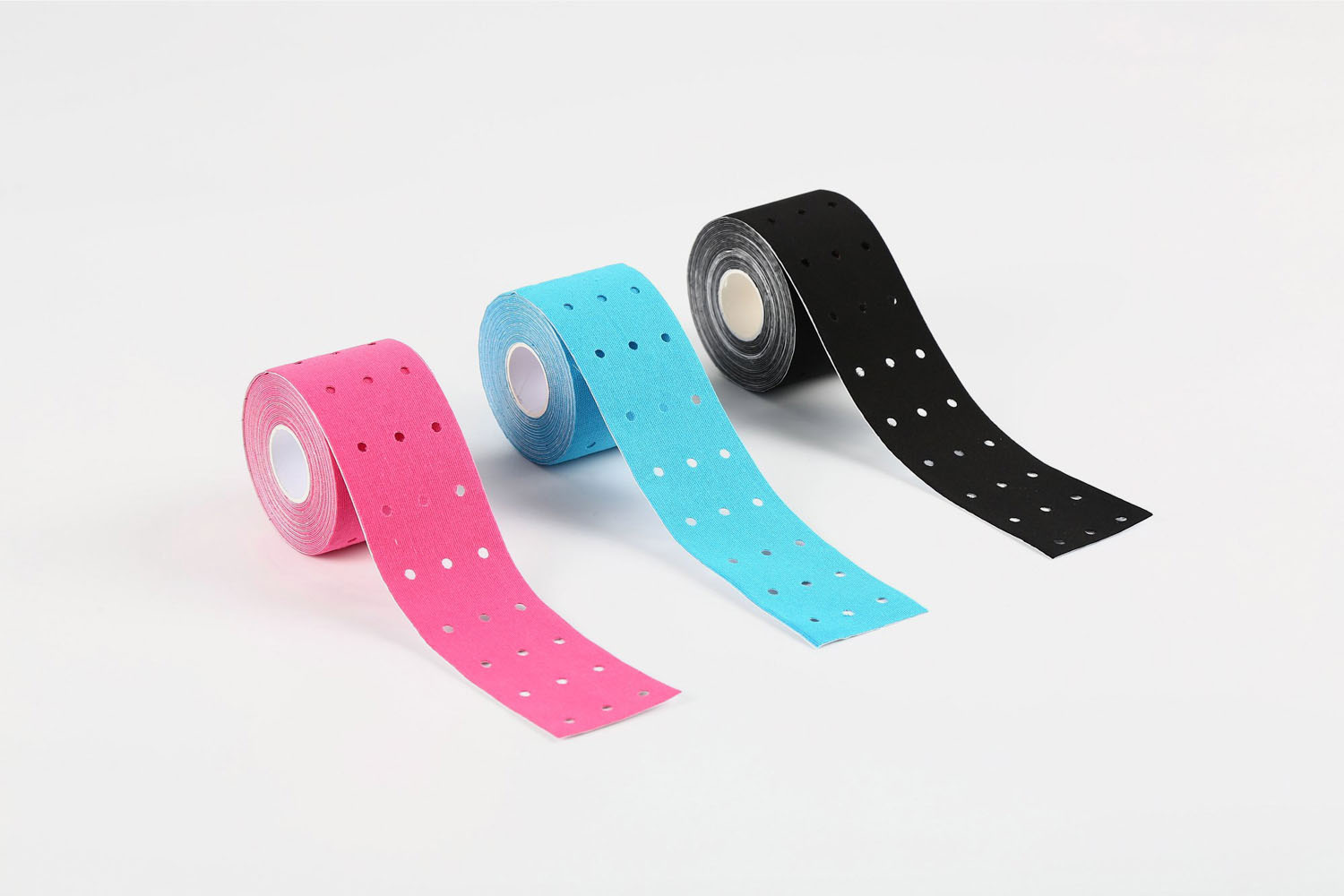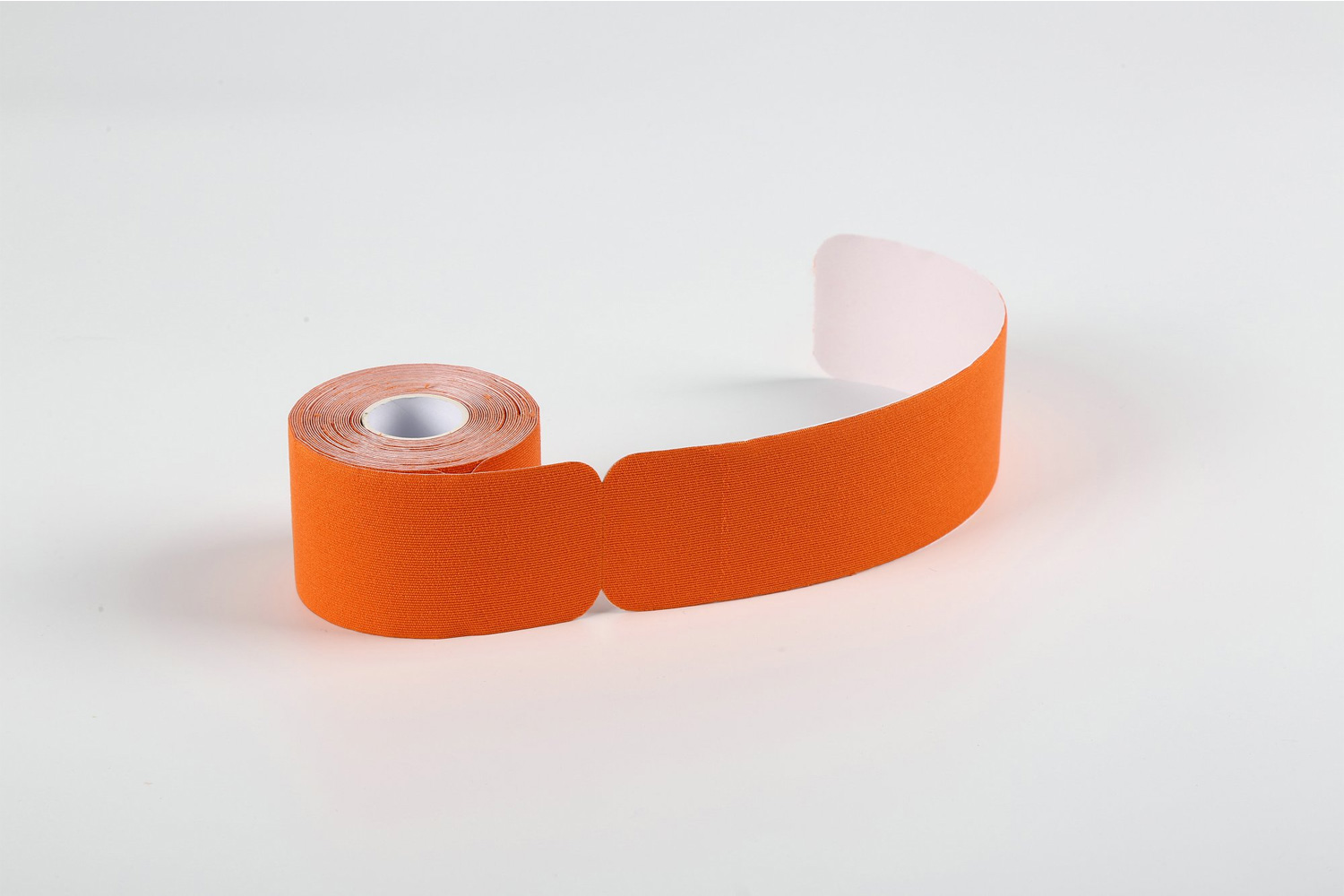Instructions for using Elastic Bandage
Elastic bandages, commonly known as Ace bandages, are used to provide support and compression to injured areas, helping reduce swelling and providing stability.
Here are the instructions for properly using an elastic bandage:
1. Prepare the Area
Clean the injury: Before applying the bandage, make sure the area is clean and dry. If necessary, use antiseptic wipes or clean water to gently wash the area.
Elevate the injured area: If possible, elevate the injured body part to reduce swelling (e.g., elevate a sprained ankle).
2. Roll Out the Bandage
Unroll the bandage: Start by unrolling the elastic bandage, making sure it is ready to apply.
3. Start Wrapping
Position the bandage: Begin wrapping the bandage around the injured area, starting from the furthest point (such as the toes or fingers if it’s a limb injury) and work your way up toward the body.
Overlap the bandage: When wrapping, each layer should overlap the previous one by about half its width, ensuring even compression.
Don't wrap too tightly: The bandage should be snug, but not so tight that it causes pain or restricts circulation. You should still be able to feel some movement and blood flow.
4. Secure the Bandage
End the wrap securely: Once you reach the top of the injury, secure the bandage using the clips or Velcro (if available). If the bandage doesn’t have fasteners, tuck the end under the last layer to keep it in place.
5. Check for Proper Fit
Check for proper circulation: After applying the bandage, check if the area is too tight. If the skin becomes pale, blue, or feels numb, loosen the bandage slightly to restore proper circulation.
Check for comfort: The bandage should be firm and provide support, but it should not cause discomfort or pain. If you experience discomfort, loosen the bandage a little.
6. Aftercare
Remove periodically: If the injury is not severe, you should remove the bandage periodically to check for swelling or any skin issues. This is particularly important when using the bandage for long periods.
Elevate the injured area: Continue elevating the injured part of your body as much as possible to help with swelling.
7. When to Seek Medical Help
If the injury seems severe, if swelling worsens, or if there is no improvement in pain or function, seek medical attention.
Elastic bandages are great for providing compression and support to injuries like sprains, strains, or soft tissue injuries. They should be used with caution to ensure they help, rather than hinder, the healing process.



